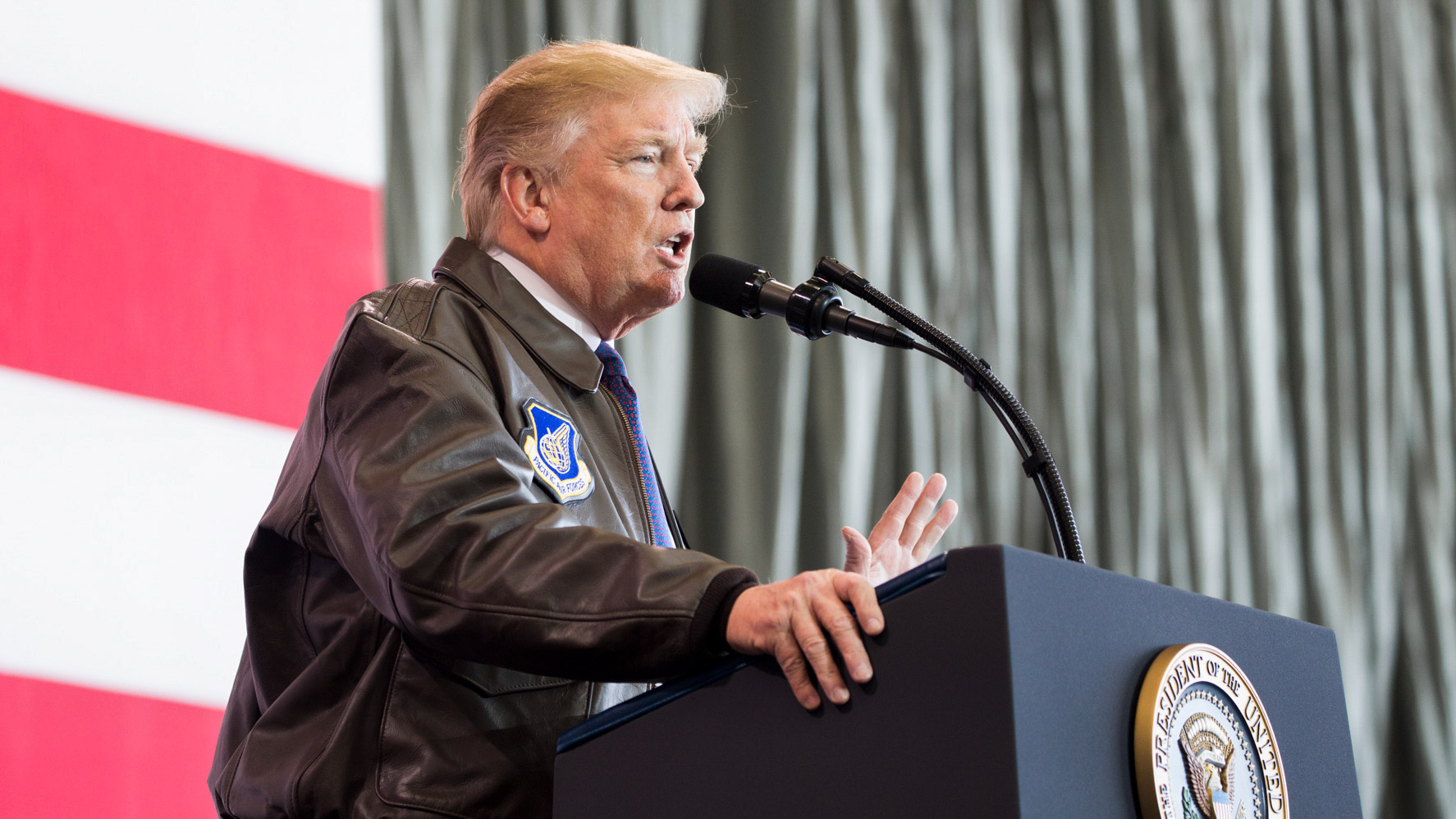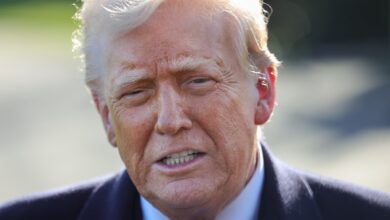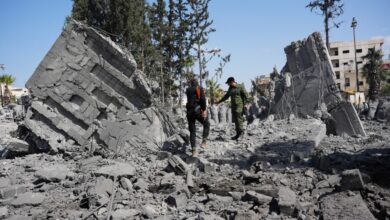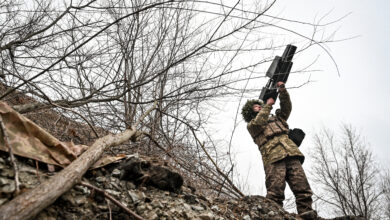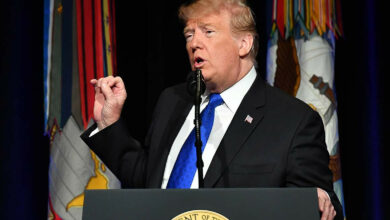Trump approves plan to deploy 1,500 more US troops to counter Iran in the Persian Gulf
Administration plans to push through $8 billion in weapons sales to Saudi Arabia, UAE and Jordan
U.S. President Donald Trump has approved plans to deploy around 1,500 U.S. forces to the Middle East, along with Patriot missile batteries and other assets in a bid to counter Iran in the Persian Gulf region.
Trump confirmed the move on Friday, May 24, telling reporters at the White House that he would send 1,500 troops to the region in a “mostly protective” role.
“I approved the combatant commander’s request for the deployment of additional resources and capabilities to the Middle East to improve our force protection and safeguard U.S. forces given the ongoing threat posed by Iranian forces, including the [Islamic Revolutionary Guard Corps] and its proxies,” Acting Defense Secretary Patrick Shanahan said in a Friday statement.
“The deployment will include approximately 1,500 U.S. military personnel and consist of a Patriot battalion to defend against missile threats; additional intelligence, surveillance, and reconnaissance aircraft; an engineer element to provide force protection improvements throughout the region; and a fighter aircraft squadron to provide additional deterrence and depth to our aviation response options.”
There was no word on the location of additional forces or a timeline for the deployment, which was first reported by The Wall Street Journal.
Shanahan and Chairman of the Joint Chiefs of Staff General Joseph Dunford and White House officials agreed to the deployment on Thursday, according to the report.
Also on Friday, the administration informed Congress it was “invoking an obscure provision of the Arms Export Control Act to eliminate the statutorily-required Congressional review of the sales of precision-guided munitions to Saudi Arabia, the UAE and others,” Senator Bob Menendez said.
The $2 billion sale has been frozen for a year over worries about the civilian death toll from the aerial war against Houthi rebels in Yemen.
Senators had expressed concern that the administration would declare a national emergency, allowing the sales to be pushed through immediately.
“In trying to explain this move, the Administration failed to even identify which legal mechanism it thinks it is using, described years of malign Iranian behavior but failed to identify what actually constitutes an emergency today, and critically, failed to explain how these systems, many of which will take years to come online, would immediately benefit either the United States or our allies and thus merit such hasty action,” Menendez said.
Update May 24 Secretary of State Mike Pompeo said the administration would circumvent the required review by Congress to approve 22 arms transfers to Saudi Arabia, the United Arab Emirates and Jordan, saying that the freeze on sales by Congress could affect the Arab allies’ operational abilities.
The sales are valued at $8.1 billion and include munitions and aircraft support maintenance, are meant “to deter Iranian aggression and build partner self-defense capacity,” Pompeo said in a statement.
“Delaying this shipment could cause degraded systems and a lack of necessary parts and maintenance that could create severe airworthiness and interoperability concerns for our key partners, during a time of increasing regional volatility,” Pompeo said.
He added that “months of Congressional delay … have called into doubt our reliability as a provider of defense capabilities, opening opportunities for U.S. adversaries to exploit.”
The move and the deployment of American forces comes as tensions between the U.S. and Iran remain high, although both Washington and Tehran last week backed down from earlier suggestions of open conflict.
Earlier this month, the U.S. deployed a Patriot missile system and the amphibious assault ship USS Arlington to the region, and National Security Advisor John Bolton announced on May 5 the deployment of the USS Abraham Lincoln carrier strike group and bombers to the Persian Gulf, although the group was already set for patrol in the Middle East.
On May 15, the State Department ordered the evacuation of non-emergency personnel from the U.S. Embassy in Baghdad and consulate in Erbil, Iraqi Kurdistan, citing an “increased threat stream” from Iran-backed forces in Iraq.
Shanahan on Thursday denied reports that the U.S. was planning to send up to 10,000 more troops to the region.
“What we’re looking at, are there things that we can do to enhance force protection in the Middle East?” Shanahan said. “It may involve sending additional troops.”
Secretary of State Mike Pompeo made a surprise trip to Baghdad on May 7, saying the U.S. had intelligence of “specific threats” from Iranian activity to American personnel and interests in Iraq.
“The additional deployment to the U.S. Central Command area of responsibility is a prudent defensive measure and intended to reduce the possibility of future hostilities,” Shanahan said on Friday.
Last month Trump officially named the IRGC a terrorist organization, the first such designation for any part of a foreign government.

